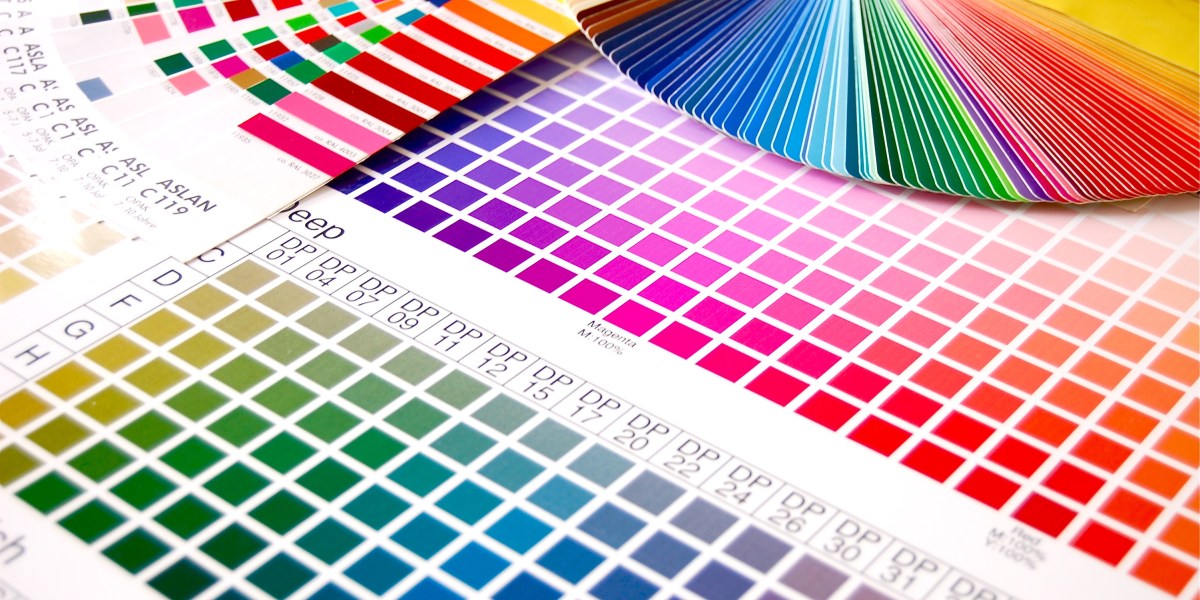
Learning Colour Vocabulary
A handy glossary with the essential terms of the color theory which will help artists understand reference materials and any literature they can use to educate themselves.

- Hue: It’s another word for ‘color’ and it explains the different colors that appear on the color wheel.

- Saturation: It refers to the intensity or purity of a colour and can also be called chroma. This tells us how vibrant a colour is.

- Value: It refers to the degree of lightness or darkness of a colour. It indicates the amount of light a color reflects or absorbs.

- Tint: This is a color on the color wheel that has white added to it. For example, purple and white make lavender and red and white make pink. You can add more red to get a darker color.

- Tone: This particular hue is a color on the color wheel which has had black and white (which make gray) to it. Adding white and black results in a muted, less intense tone of the original color. In this example, if you blend the color red with grey, you will get a muted, dull red color.

- Shade: Here we have a hue where black has been added to a color on the color wheel. A shade is a dark version of an original color. So, a combination of black and the color blue will create navy blue.

- Temperature: The colour wheel can be split into two main groups: warm colours and cool colours.
 Individual colours can also change in temperature as we move around the colour wheel, a warm red includes more yellow, a cool red includes more blue.
Individual colours can also change in temperature as we move around the colour wheel, a warm red includes more yellow, a cool red includes more blue.
At a Glance


Leave a comment